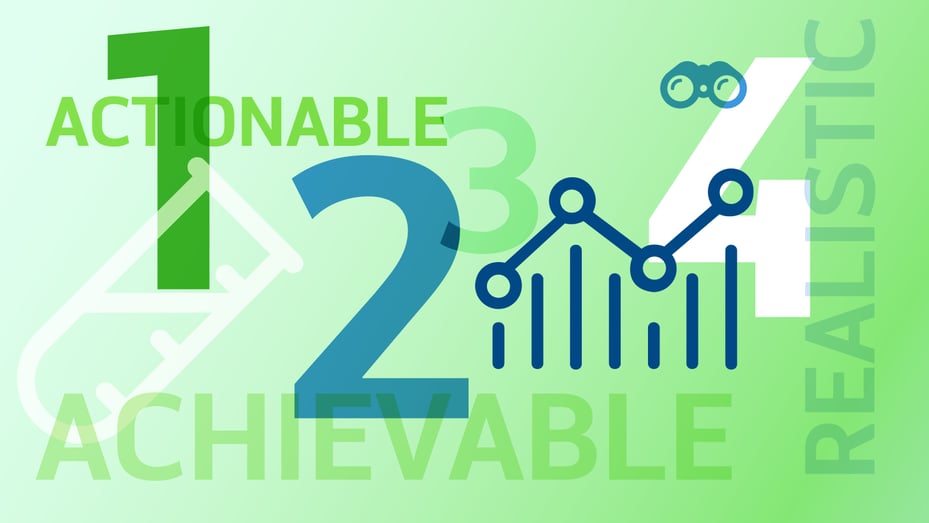
- Home
- PLM & Compliance Blog
- How Trace One Transforms New Product Development with Business Process Reengineering
How Trace One Transforms New Product Development with Business Process Reengineering
|
Product Lifecycle Management
|
Food & Beverage
Posted By:
Trace One
In a previous post, we shared the Trace One approach to business process reengineering, or BPR. For formula-based manufacturers, reengineering new product development, or NPD, results in a more efficient and agile organization. By breaking down barriers in the product development process, we clear the way for unimpeded innovation.
At Trace One, breaking down those barriers through BPR occurs in four stages:
- Current state analysis
- Future state design
- Gap analysis
- Performance measurement and automation tools
This process can take a few days to about a week. One of our BPR experts will arrive on-site, and will spend the week leading various discussions and structured workshops with attending stakeholders. The goal is to find actionable, realistic, and achievable solutions that will produce both immediate and long-term results.
Phase 1: Current State Analysis
Current state analysis involves evaluating the “as-is” environment, identifying opportunities to improve and problem areas that need to be addressed.
Because the goal is to modernize new product development, each functional group that plays a role in NPD—R&D, QA, Regulatory, Marketing, Sales, Finance—should be represented. Full representation ensures that the group is working with a complete picture of the as-is environment, and that each team has equal input into proposed solutions.
During current state analysis, the group works together to understand the existing, overarching NPD process. How does your organization take an idea, run it through an existing process, and get it on the shelf?
With this understanding, the group can then identify pain points and bottlenecks. Often, these pain points are represented visually: with the current process mapped out on a large whiteboard, pain points can be marked in red, areas ripe for improvement in yellow, and areas that are working as expected in green.
A prioritization exercise can then help the group home in on major roadblocks and pain points. Then, the group can synthesize those learnings, creating a basis for the future state.
Phase 2: Future State Design
Next, the group works together to identify solutions and process changes to correct or optimize the opportunities identified in the current state analysis. As the name implies, future state design involves creating a shared vision of an optimal new product development process, then designing process improvements around that future state.
For example, let’s say Marketing lacks a good understanding of an established business case framework. What exactly is required information for the framework, and when is the framework applicable? In this example, the BPR leader may conduct a breakout session with Marketing. With the pain point identified, Marketing can work together to create a proposal to fix it.
That solution can then be brought back to the group and incorporated into the overall framework.
Phase 3: Gap Analysis
The next step is to analyze the gap between current and future states. At this point, leadership may be brought in. The BPR expert can bring leadership up to speed, summarizing the pain points identified and solutions being proposed before handing off to the group to elaborate on the proposed process changes.
Phase 4: Performance Measurement
Lastly, the metrics of success are chosen. Short-term, these exercises tend to have a clarifying effect. Attendees come away with a better understanding of their own role, how it fits into the larger picture, and how their work impacts others. As a result, attendees report higher job satisfaction simply from having participated in the BPR process. Collaboration and resource efficiency also improve right out of the gate.
In the longer term, the goal of BPR is to improve time-to-market. In the final phase of the process, the group will agree on precisely how to measure those improvements.
BPR and Product lifecycle management
Lasting NPD transformation must address all four elements of new product development: people, processes, tools, and portfolio management.
BPR, of course, addresses process. Trace One Devex PLM, Trace One’s product lifecycle management (PLM) platform, is the tool that codifies and facilitates the process changes uncovered by BPR. Over the next few posts, we’ll touch on the people part of the equation with Trace One’s BPR expert, Paul Cegles. Stay tuned.
